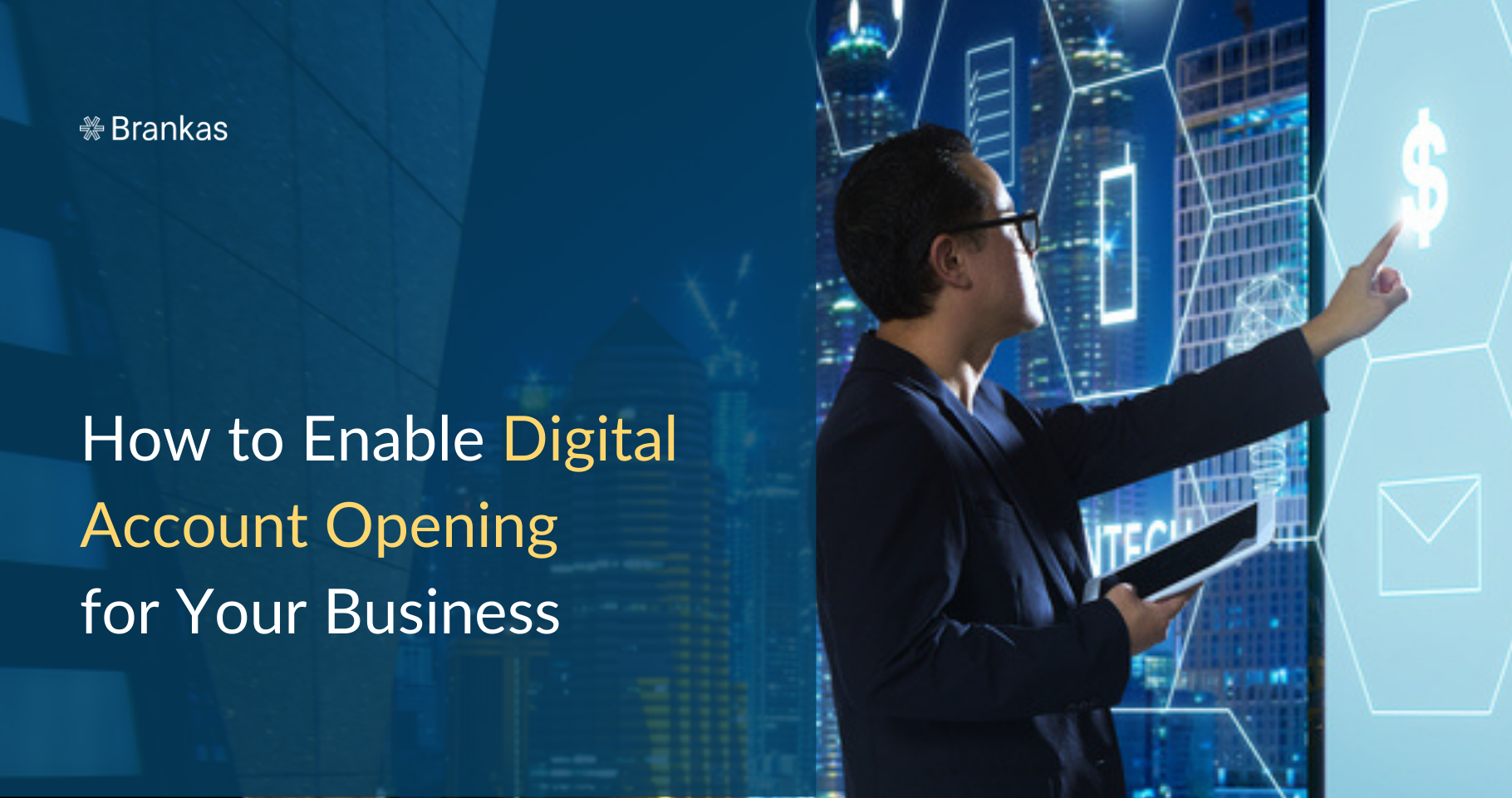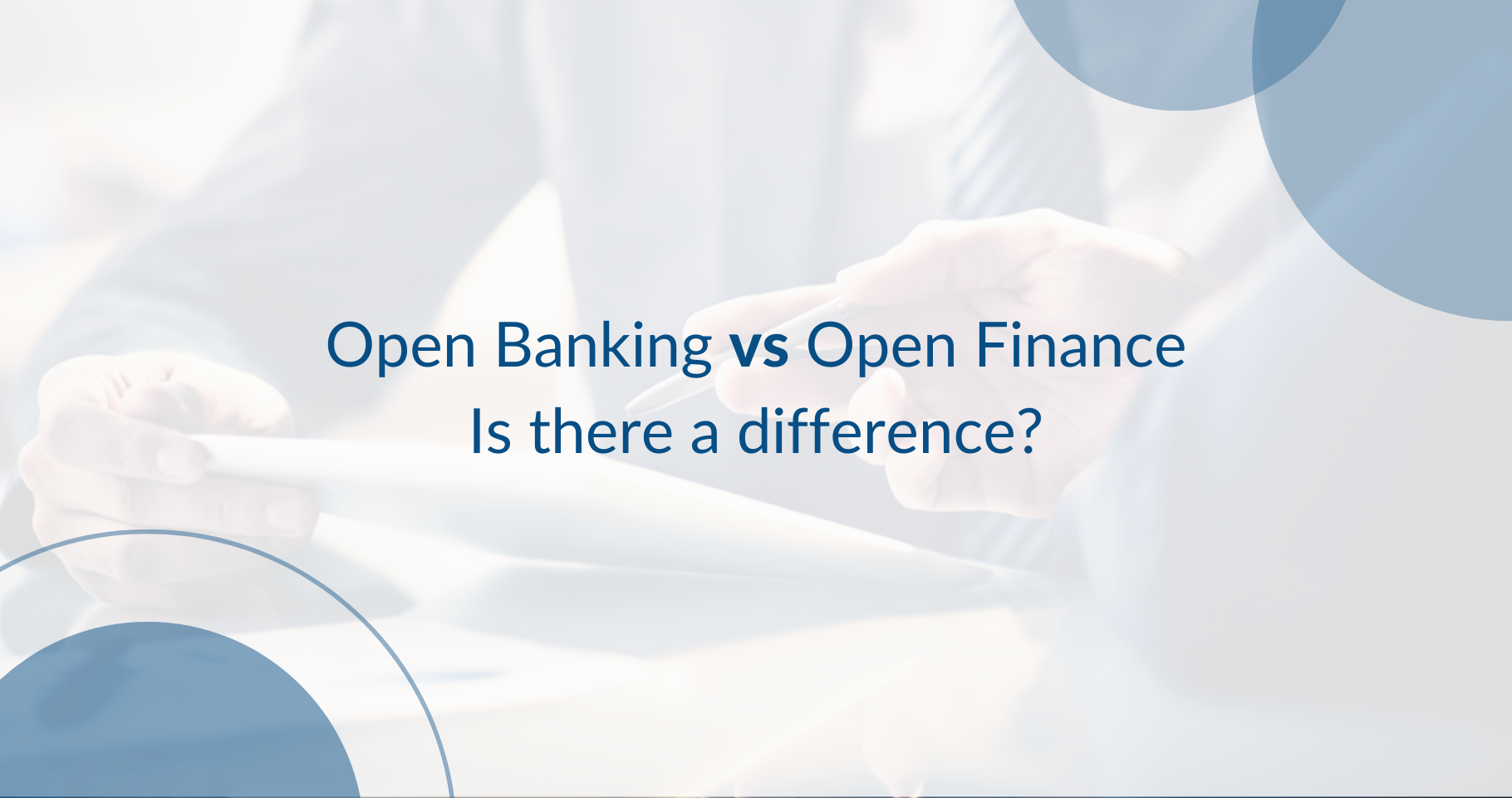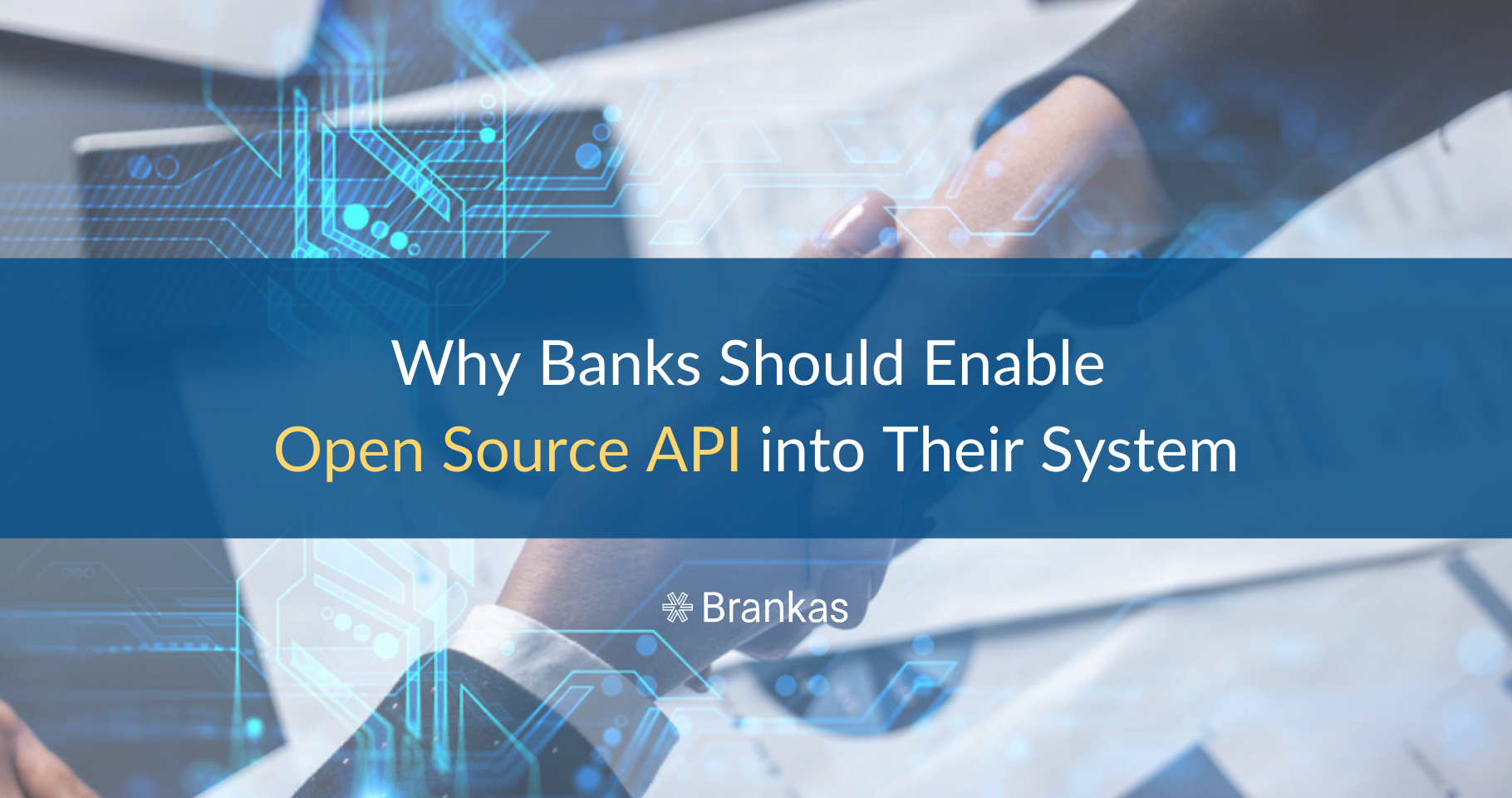With so many financial developments today, it’s not easy to keep up with such innovations. Then again, staying on top of digital transformation can help secure your spot in your industry. In addition, the right approach can improve your business’s financial stability. Here, open banking and open finance are driving the financial technology industry.
Although people usually interchange the two, key distinctions surround open banking and open finance. This article will tackle those differences, helping you learn their purposes and benefits for your business.
What are the Differences Between Open Banking and Open Finance?
Open banking is a model that lets third-party financial service providers access customer data to facilitate banking transactions. It uses application programming interfaces (APIs) to enable fast and secure movement of banking information.
On the other hand, open finance encompasses open banking and offers a broader scope of financial products and consumer services like insurance, mortgage, pensions, and wealth management. Open finance supports customers through greater control over their financial data.
The following areas can give you a clear picture of what open banking vs. open finance means.
- Range of services
Open banking focuses on banking services, such as fund transfers. Third-party providers (TPPs) can initiate such transactions between customers' accounts when making online purchases or setting up automated savings.
Meanwhile, open finance extends the fund transfer feature in the example above by allowing bank account owners to move money from a savings account, to say, an investment account. Ultimately, open finance covers your customers' entire financial footprint.
- Data ownership and control
Open banking only shares data relating to transactions that bank customers typically perform via mobile banking apps or in bank branches. In this context, the banks decide what customer information to share with TPPs.
On the other hand, open finance promotes more extensive data sharing by consolidating them in one place and giving its owner a holistic view of their financial situation. Since consumers decide what information to share with third parties, open finance leads to greater control and security of financial data.
- API providers
With open banking, banks are the only API providers authorized to collect and process consumer data. But with open finance, other financial organizations, such as online payment solution companies, online lending platforms, and other financial service apps, can also become API providers.
What Do Open Banking and Open Finance Mean for Banks, Businesses, and Consumers?
Because of open banking and open finance, the future looks promising for consumers and businesses. Through these financial developments, banks can reach a broader market. Consumers who value ease and convenience can benefit from seamless transactions and the personalization of products and services.
What’s more, remote and underserved populations can access better financial services through open banking and open finance. As these innovations offer more functionalities and benefits to low-income consumers and small businesses, they move closer to the goal of financial inclusion.
- Open banking
Open banking encourages banks to centralize their data and services, streamlining many functions for consumers. It also promotes collaboration with startups and fintech companies to develop and diversify new products and services. Working with non-bank organizations and other providers can also compel banks to outsource their services, which can help reduce overhead costs.
For other businesses, open banking helps provide multiple payment options, lower processing fees, and eliminate chargebacks. Open banking also allows enterprises to understand their customers' needs through data APIs and simplify operations like accounting.
As for consumers, open banking supports various online financial transactions conveniently and cost-effectively. Open banking also gives customers real-time updates on their finances and better access to financial services like credit and financing.
- Open Finance
Meanwhile, open finance empowers various stakeholders by amplifying open banking’s capabilities. With the help of API banking, open finance can speed up transactions, simplify financial management, and enable data sharing safely.
For instance, borrowers can build an ideal credit score since open finance systems consider all of their financial data—from bank accounts to income and investments. Meanwhile, lenders can use aggregated data to make more informed decisions regarding loan approvals. Third-party financial service providers can also use consumer data to develop products and services that cater to their target market’s needs.
The Open Banking and Open Finance Tandem
The fintech industry continues growing thanks to open banking and open finance innovations. They’re instrumental in making transactions seamless and convenient for consumers while enabling banks and non-banks to use data to tailor financial products and services.
Whether you want to explore open banking or open finance, Brankas can help. As Southeast Asia’s leading open finance technology provider, Brankas offers financial solutions that cater to your customer needs and business requirements. Learn more about Brankas' services.


